By visiting our site, you agree to our privacy policy regarding cookies, tracking statistics, etc.
Poor inventory management is more than wasted food rotting in the dumpster. It can wreak havoc on your entire operation, causing stressful stockouts, frantic last-minute orders, and frustrated employees.
These inefficiencies have massive consequences on your bottom line. Consider this: Experts estimate that 85% of unused food in restaurants ends up in landfills. With food costs surging by 29% in the last four years, even a small improvement in your inventory management can translate to significant savings.
In this guide, we’ll explore proven techniques for ordering, receiving, storing, and tracking inventory, turning this often-overlooked aspect of a restaurant into a profit-generating powerhouse.
Restaurant inventory management can feel like a massive uphill battle: You’re negotiating with unpredictable vendors, tackling fluctuating ingredient costs, trying to minimize waste, and keeping your kitchen running smoothly—all at the same time.
The good news is there are ways to retake control of your inventory. Start with these best practices:

Every single ingredient in a restaurant counts. Ordering the right amount at the right time can make or break profitability, with overstocking leading to waste and understocking creating unhappy guests.
Use these tips to level up your processes:
Tired of wrestling with spreadsheets and manual inventory counts? Restaurant inventory software is a must-have for any business looking to save time, reduce waste, and boost profitability. In fact, a National Restaurant Association poll showed that more than half of operators will invest in inventory management tech.
Here’s what to look for when comparing restaurant inventory software:
A robust inventory management system is no longer a luxury—it’s a necessity for restaurants. Here are some of the top benefits of having an inventory management system in place.
Inventory management isn’t just about counting cans and checking shelves. It’s the key to unlocking hidden profits and freeing up valuable resources.
Here’s how:
Imagine knowing exactly what your guests will crave next week, next month, or even next year. An inventory management system gives you the edge you need by providing powerful forecasting and business intelligence tools.
Specifically, it empowers operators to:
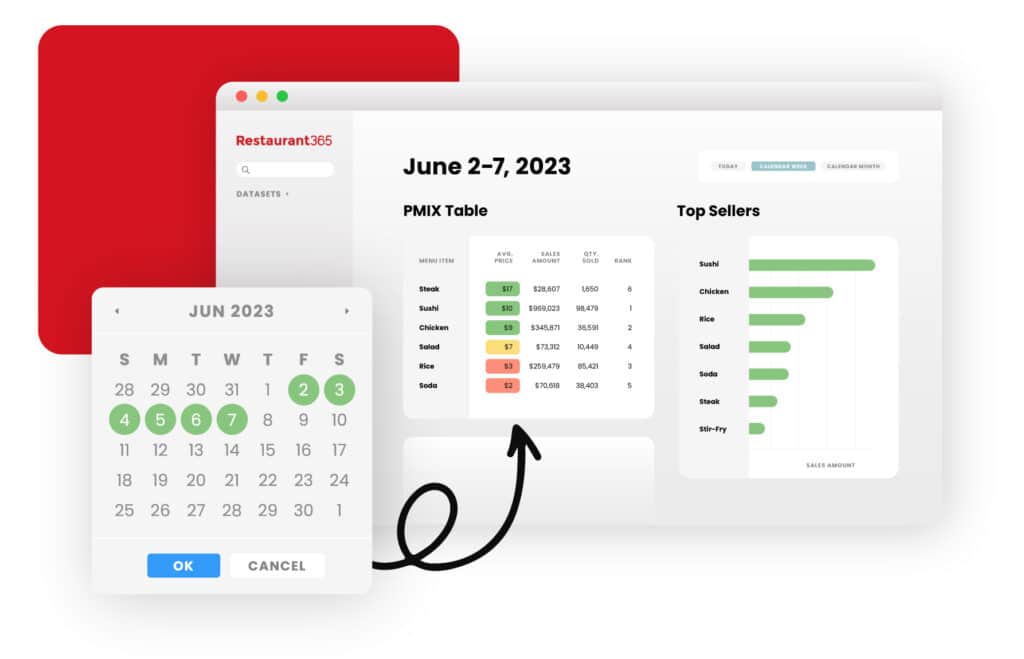
Approximately 74% of restaurant operators say they’re planning to prioritize food cost reduction. It makes sense: The average multi-unit restaurant spends a whopping 35% of its revenue on food expenses.
The first step to improving food costing is understanding your equation of ingredients, preparation, and portioning. With restaurant inventory management software, you can:
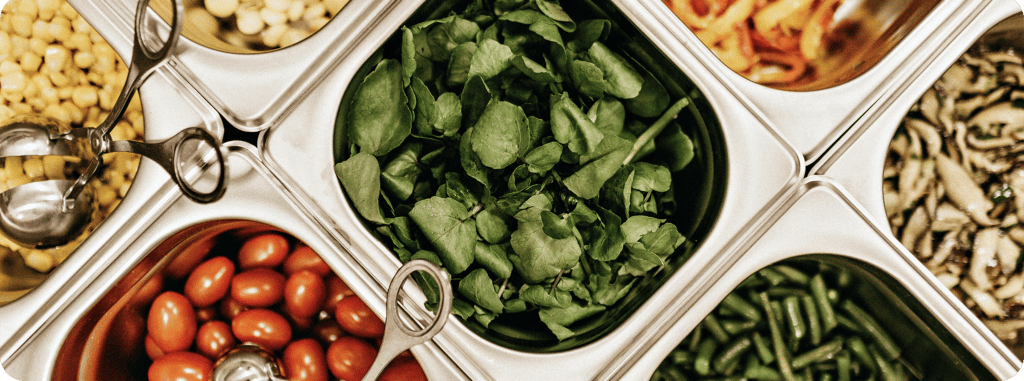
Still spending hours on the phone chasing down orders and haggling with suppliers? Drowning in a sea of invoices and purchase orders? An inventory management system automates the purchasing process, freeing you from these tedious tasks.
Specifically, you can set up automatic reordering based on predefined par levels. From there, your system will automatically replenish your stock, ensuring you always have the ingredients you need. You can also easily generate purchase orders, eliminating the need for time-consuming paperwork and endless phone calls.
Vendor management is another big aspect of a simplified purchasing process. The right software lets you centralize vendor information, track order history, and compare prices across multiple suppliers to negotiate the best deals and build stronger relationships.
Ultimately, the goal is to reduce the risk of human error in ordering and receiving, ensuring you get the right products in the right quantities, every time.
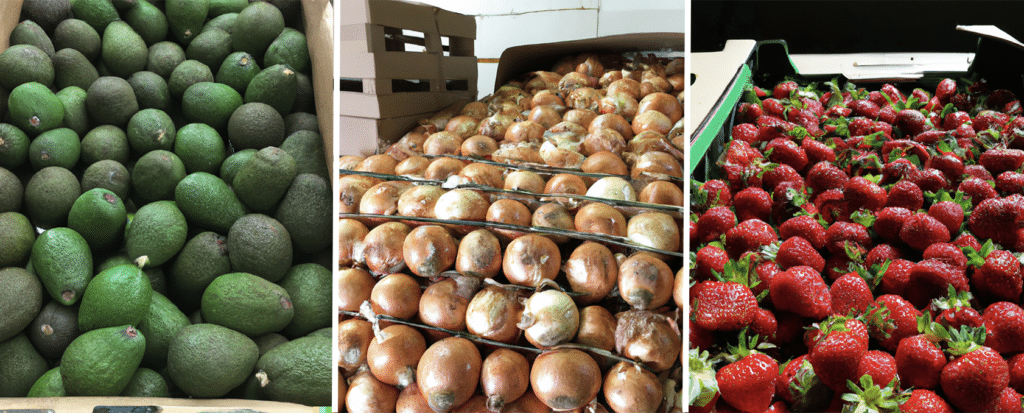
In busy restaurant kitchens, consistency is key. But with employee turnover, fluctuating ingredient prices, and complex recipes to master, maintaining that perfect dish every time can feel like an impossible feat.
By integrating your inventory system with your recipes, you can unlock a new level of control, consistency, and cost effectiveness. Here’s how this powerful combination can transform your kitchen:
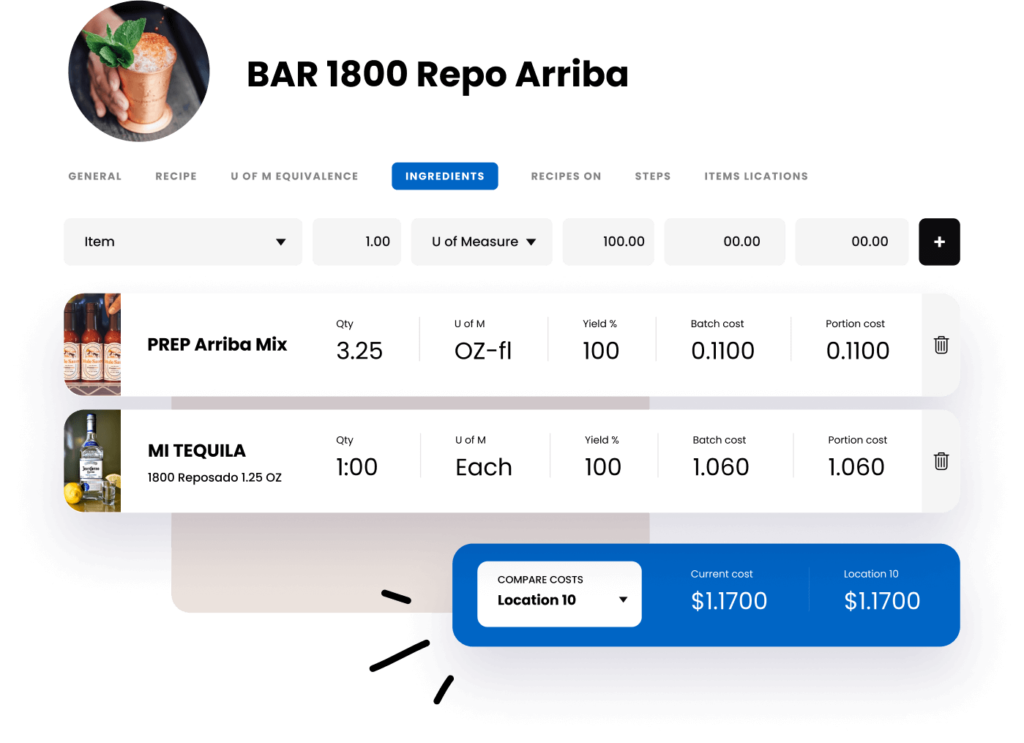
Managing cash flow is one of the most important parts of running a successful restaurant. It’s about keeping track of the money coming in and going out so you can pay your bills, support your team, and handle surprises that may arise. For restaurants, where profit margins are almost always tight, good cash flow management helps you stay ahead of seasonal slowdowns, cover payroll on time, and even take advantage of growth opportunities.
Here are some of the key benefits of managing cash flow effectively:
Cutting down your restaurant’s cost of goods sold (CoGS) can make a huge difference to your bottom line. CoGS—things like food, drinks, and other inventory—make up a big part of what it costs to run a restaurant. Managing it well isn’t just about spending less, it’s about making smarter decisions to cut waste, buy more efficiently, and make sure every dollar you spend adds to the quality of your food and the experience you’re giving your guests. Done right, keeping CoGS under control means better margins without skimping on what makes your restaurant special.
Here are a few practical ways to lower CoGS:
While inventory management and stock management are often used interchangeably, they actually cover different parts of your restaurant’s operations.
Inventory management is the bigger picture, focusing on tracking all the goods—food, drinks, supplies—that come in and out. It’s about knowing how much you have, when to reorder, and avoiding waste or shortages. Good inventory management keeps your restaurant prepared and cost-efficient.
Stock management is the hands-on process of organizing, storing, and rotating stock once it arrives. It’s about making sure everything is fresh, properly stored, and counted regularly.
Both are essential—inventory management helps you plan, and stock management keeps everything in order day-to-day. When they work together, they help streamline operations and keep things cost-effective.
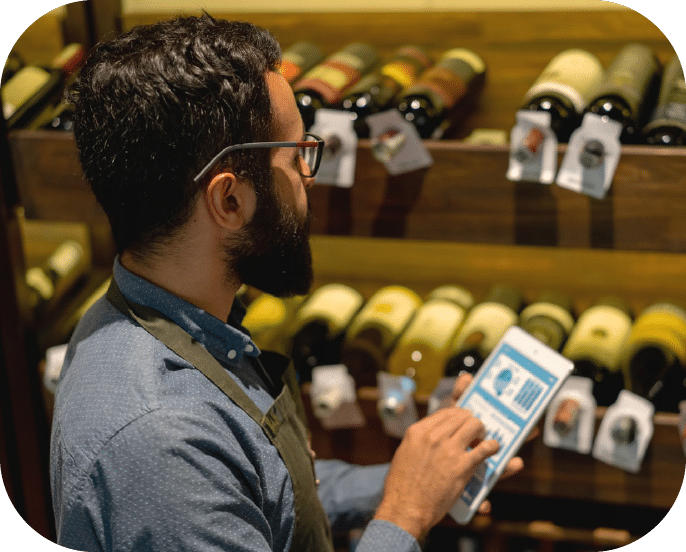
With rising costs, inflation, and staffing challenges, managing your food inventory is more important than ever. At its core, food inventory management means staying on top of your ingredients—what you’re buying, how you’re storing them, and how they’re being used. It’s about making sure you have exactly what you need to keep your kitchen running smoothly, maintain menu consistency, and protect your bottom line.
Food inventory management has its own set of terms and practices that can make or break a restaurant’s efficiency. Here are a few key concepts every operator should know:
Managing food inventory often comes down to choosing between traditional sheets and modern apps. Inventory sheets are simple and cost-effective, ideal for smaller operations or beginners. However, they can be time-consuming and prone to errors, especially as your inventory grows.
Food inventory apps, on the other hand, streamline tracking, reduce errors, and provide real-time data. They often integrate with POS systems and automate reordering, offering efficiency and deeper insights. While apps require an initial investment, their long-term benefits make them a smart choice for many restaurants.
The decision ultimately depends on your priorities—simplicity and low cost, or advanced tools to boost efficiency and accuracy. For some, starting with sheets and transitioning to an app offers the best of both worlds.
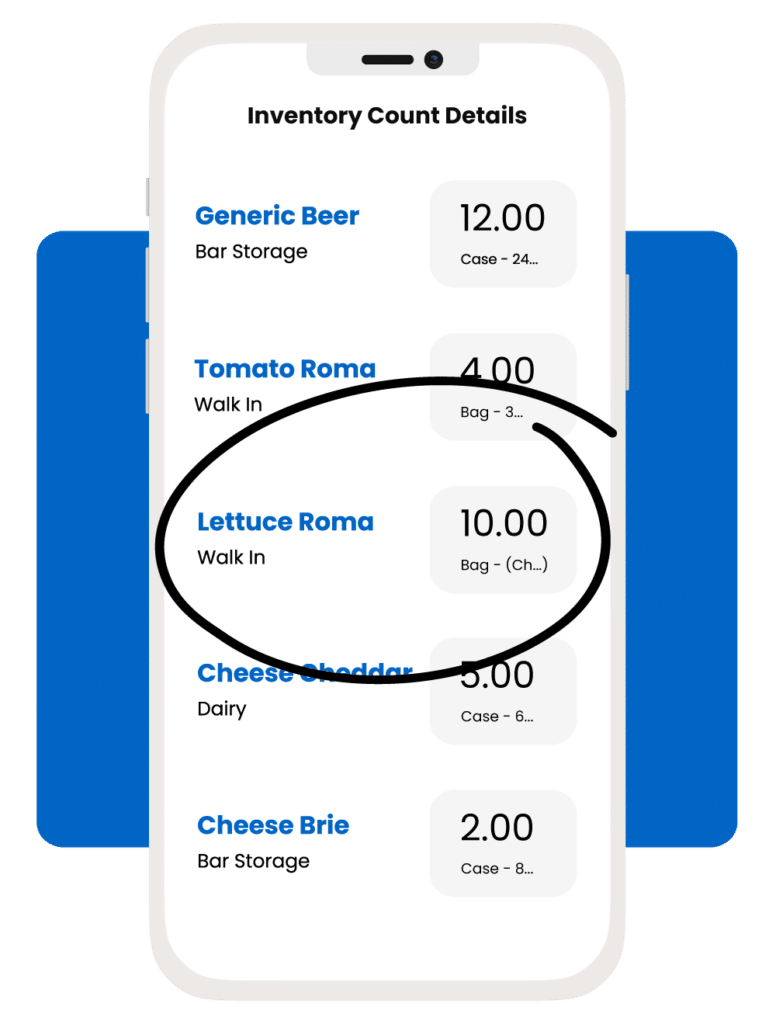
Managing bar inventory is one of the most important parts of running a successful bar or restaurant. Keeping track of stock levels, controlling costs, and reducing waste are all key to ensuring you’re always ready to serve customers their favorite drinks. With rising costs and slim margins, effective bar inventory management can directly impact your bottom line.
Key elements of bar inventory management include:
For smaller bars, regular counts and simple tracking methods may be enough. But for larger bars or multi-location businesses, inventory apps or tools that integrate with your POS system offer better time saving and accuracy. These tools provide insights into pour costs, streamline ordering, and make inventory management more efficient.
Liquor inventory management is key to controlling costs and maximizing profits in bars and restaurants. With liquor being one of the highest expenses, staying on top of stock levels, pouring practices, and waste is essential for keeping margins in check.
Here are some tips for effective liquor inventory management:
In a quick service restaurant (QSR), managing inventory isn’t just about tracking what’s on hand—it’s about ensuring everything runs efficiently, costs are controlled, and customers get the same great experience every time.
Here’s how better inventory management can make a real impact:
In cafés and coffee shops, keeping inventory under control is essential for staying on top of costs and delivering a great experience to customers. Whether it’s the coffee beans or the pastries, knowing what you have on hand and its cost can make a significant difference to your bottom line.
Here’s how to manage your inventory more effectively:
As a restaurant manager, you’re balancing a lot—staff, customers, and the day-to-day operations. But one of the most important things to stay on top of is inventory. It can make or break your food costs and, ultimately, your bottom line.
Here are some simple ways to keep inventory under control:

Read More:
See why more than 40,000 restaurants use Restaurant365
Effective inventory management is essential for running a successful restaurant. By staying on top of costs, reducing waste, and using the right tools, you can make smarter decisions and improve your bottom line. Consistency and attention to detail are key—by fine-tuning your inventory processes, you’ll set your restaurant up for long-term success in a competitive industry.
Share this blog:
500 Technology Drive, Suite 200
Irvine, CA 92618
Westech 360
8911 N Capital of Texas Hwy
Building 1, Suite 1200
Austin, TX 78759
Restaurant365 bridges the gap between accounting and operations by centralizing all data, helping restaurant operators to become more efficient, accurately forecast, and tackle any challenge or opportunity with speed and accuracy.